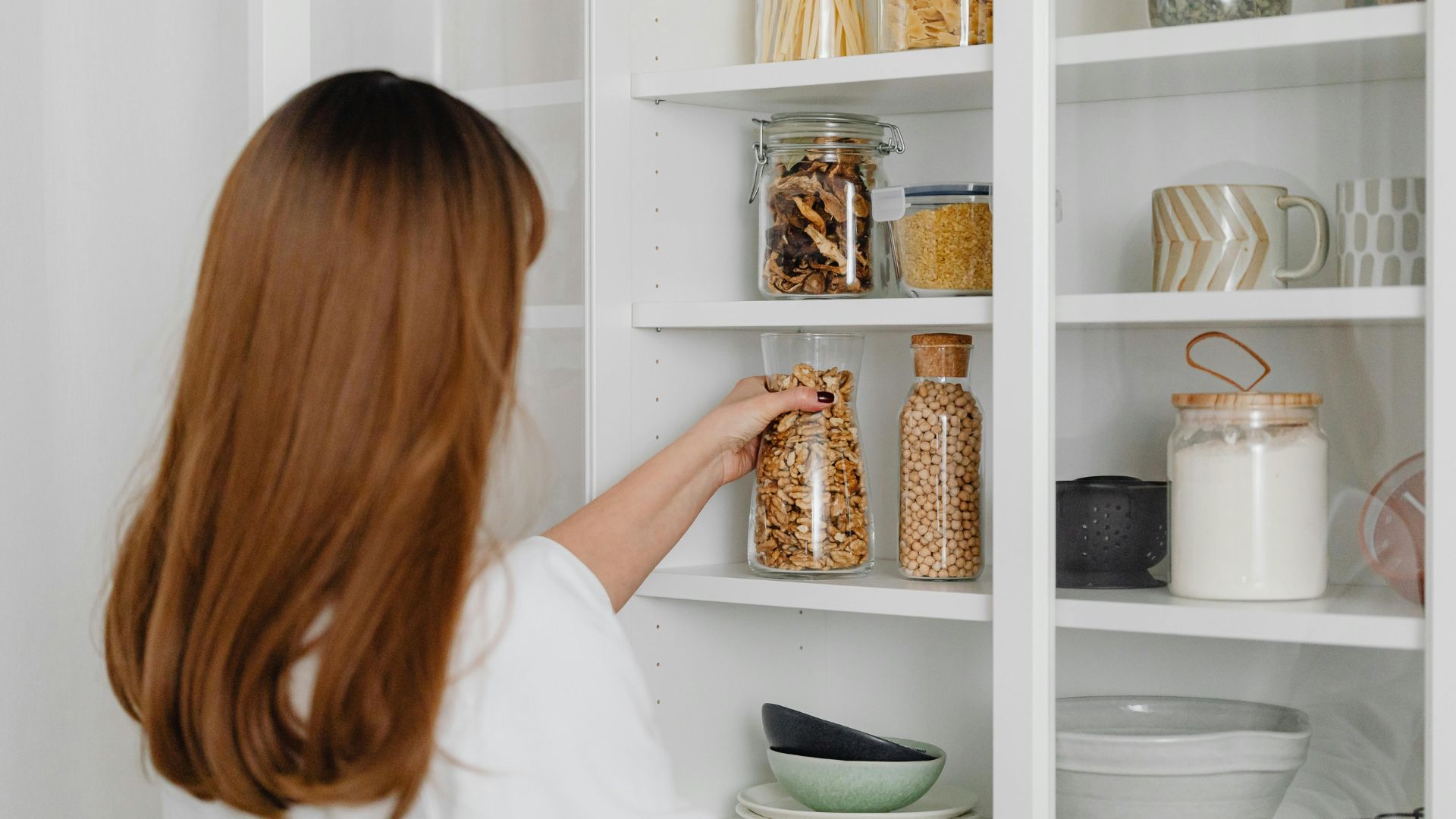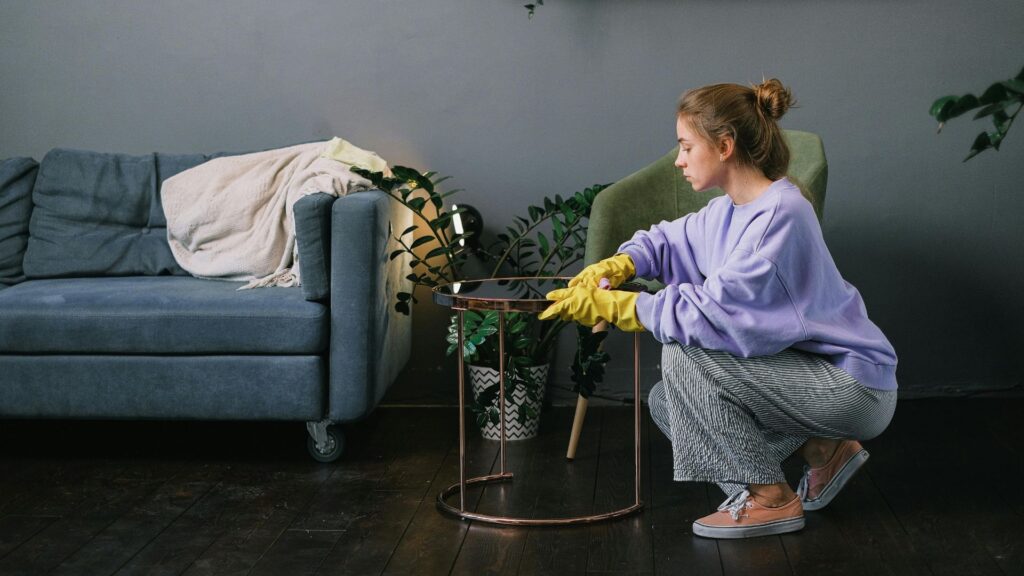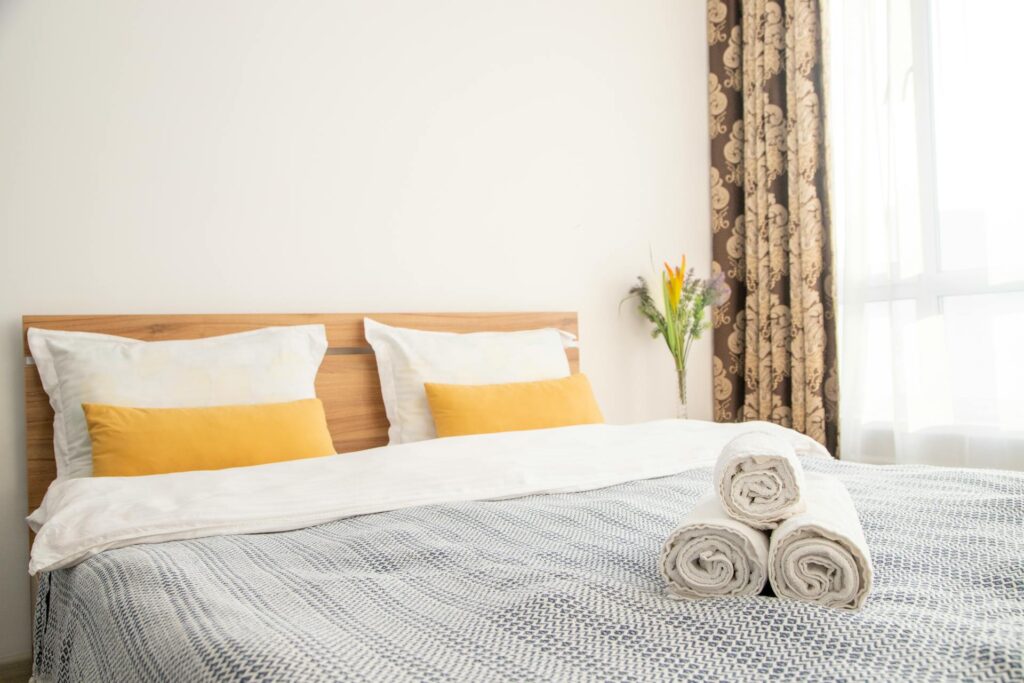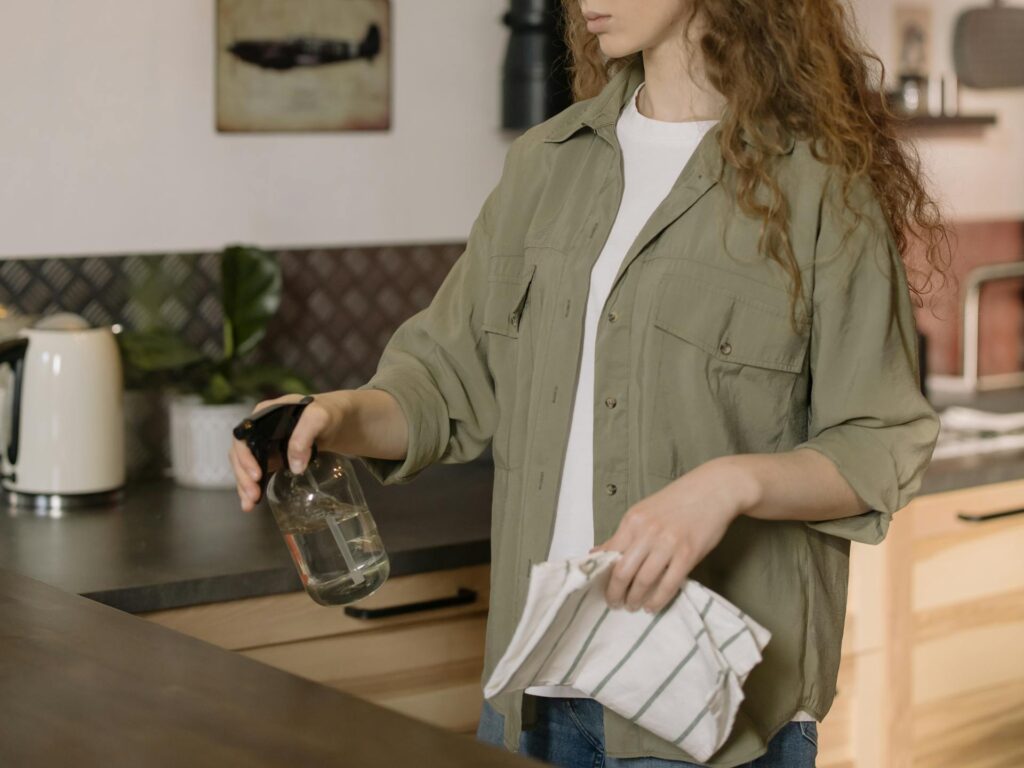A perfectly styled pantry looks great on social media—but what about real life? Between groceries, busy schedules, and hungry kids, it’s easy for even the best pantry to turn into a mess. But with a few practical strategies, you can create a space that actually works for your daily routine.
This isn’t about color-coded snacks or matching jars for everything. It’s about saving time, cutting waste, and making it easier to cook meals without digging through five bags of rice to find the pasta.
Take Everything Out and Sort It
Start with a clean slate. Remove every item from your pantry shelves and group them into categories—grains, canned goods, baking supplies, snacks, and so on. Toss anything expired and take note of duplicates or things you never use.
Wipe down the shelves while they’re empty. It’s the best chance you’ll get to start fresh and organize with intention.
Use Clear Bins and Baskets
Instead of stacking loose bags or boxes, group items into bins or baskets. Use one for snacks, another for breakfast items, and another for baking ingredients. Clear bins let you see what’s inside, which helps you avoid overbuying or forgetting what you already have.
For smaller items like seasoning packets or granola bars, use shallow trays or drawer organizers to keep things from getting buried.
Label Everything
Labeling helps everyone in the household know where things go. You don’t need a fancy label maker—handwritten tags or masking tape work just fine. The point is to make sure your pantry stays organized without you having to redo it every weekend.
Label shelves or bins with broad categories like “Grains,” “Canned Goods,” “Snacks,” or “Dinner Shortcuts.”
Put Everyday Items at Eye Level
Think about how you move through your kitchen. The items you use daily—like cereal, pasta, or lunch snacks—should be right at eye level and easy to grab. Less-used items like specialty baking ingredients can go up high or down low.
Reserve the hard-to-reach shelves for backups, seasonal goods, or appliances you rarely use.
Create a System That Matches Your Lifestyle
A family pantry will look different from a single person’s pantry. If you have kids, make snack bins easy for them to reach. If you batch cook, keep your dry staples and canned goods organized by recipe type. And if you’re tight on space, think vertically—use the back of the door or stackable shelves.
Don’t organize based on how it “should” look. Set it up to work for how you actually cook and shop.
Use Lazy Susans for Small Items
Turntables, also known as lazy Susans, are great for small jars, sauces, and condiments that tend to get lost in the back. Spin one around to find the exact item you need without digging through a row of bottles.
They work especially well in corner shelves or deep pantries where visibility is limited.
Keep a Running Inventory
You don’t need a spreadsheet—just a simple notepad or whiteboard inside your pantry door can help you track what you have. Update it when you use something up or notice you’re low. This habit makes grocery shopping faster and prevents waste.
You can also use this space to jot down meal ideas based on what’s in the pantry.
Rotate Older Items Forward
When you restock, pull older items to the front and place new purchases behind them. This “first in, first out” system helps ensure you use what you have before it expires.
This simple shift is one of the easiest ways to cut down on food waste and avoid forgotten items lingering in the back.
Don’t Aim for Perfection—Aim for Maintenance
An organized pantry won’t stay perfect forever, and that’s okay. Life gets messy. Focus on creating a system that’s easy to maintain, not one that looks perfect all the time.
Spend five minutes each week straightening things up. It’s enough to keep your pantry running smoothly without turning it into a big chore.
A real-life pantry should be flexible, easy to maintain, and tailored to how you actually live. You don’t need matching jars or a walk-in setup to stay organized. You just need a system that works for your household—and helps you cook, shop, and eat with less stress.
Start with what you have, make a few key changes, and build a routine that keeps your pantry working for you day after day.



